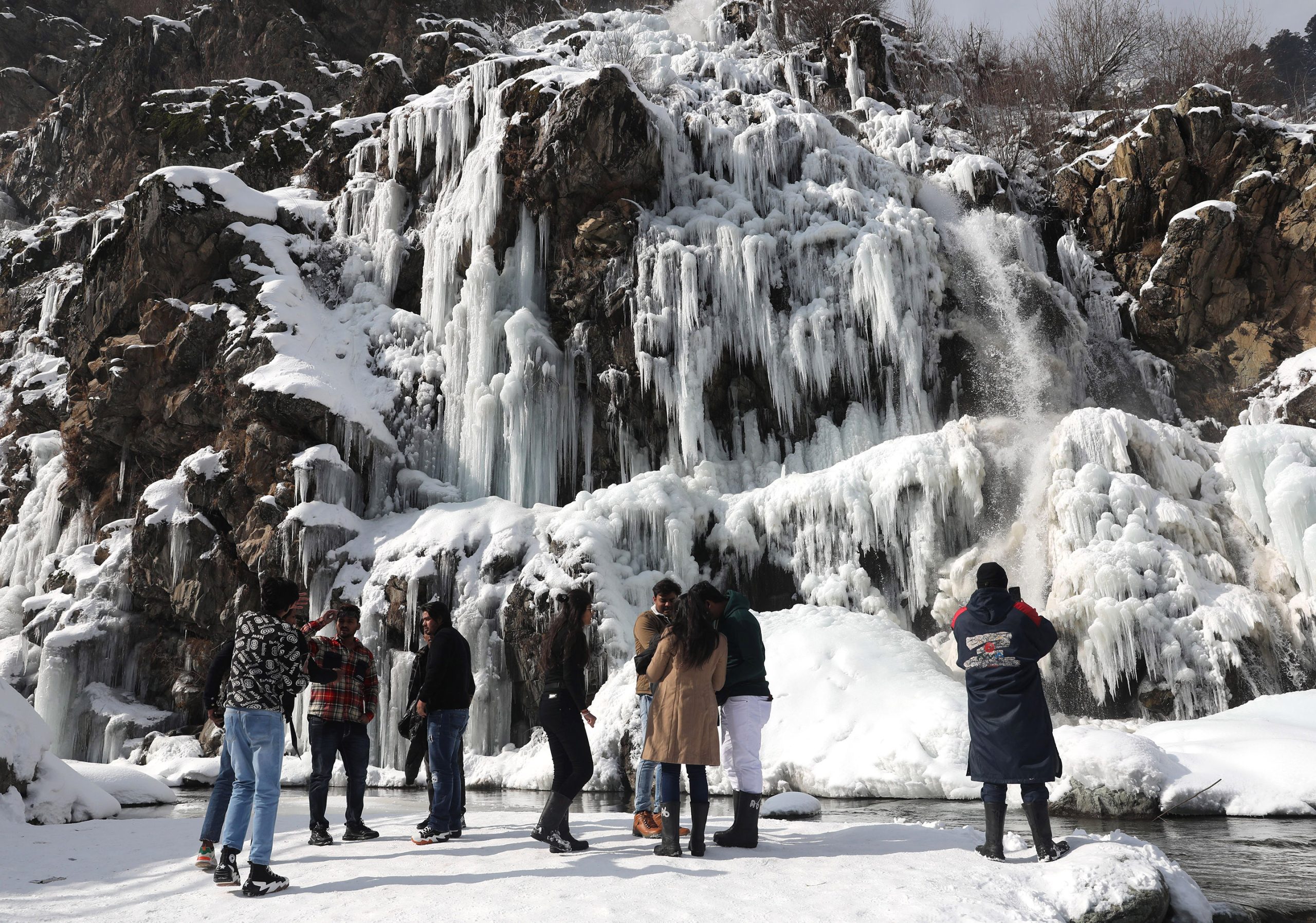OTHER VIEW
The Resplendent Torchbearer of Creative Pedagogy
As society conditions us, our natural creativity often turns genetically identical to routines that dull curiosity and imprison imagination. True...
The Great Escape from Mathematics and Sciences
Education shapes the destiny of a society, and at the frontline of human progress stand three remarkable pillars: Mathematics, Physics,...
Cleanliness: A Responsibility we cannot outsource
Among the many issues that affect our day-to-day life, there is one that often goes unnoticed but continues to trouble...
COACHING CULTURE IN INDIA: EDUCATION OR AN ANXIETY INDUSTRY?
The Rise of the Coaching Classroom In many parts of India today, the academic day no longer ends with the...
Emerging and Resurging Vector-Borne Diseases
Recently, I attended an educational activity on emerging Vector-borne diseases, organized by American College of Physicians (USA), of which I...
The Vanishing Soul of ‘Chillai Kalan’ in Kashmir
Chillai Kalan, the harshest phase of Kashmiri winter, occurs from December 21 to January 29 every year. It is...
When ‘Hamaam’ warmed our soul, not just bodies!
There are moments in the story of a society when something ordinary becomes extraordinary not because it changes in shape...
DENGUE FEVER: A HEALTH CONCERN
Dengue fever is a viral infection transmitted by two specific types of mosquitoes, the Aedes aegypti and the Aedes albopictus...
The Winged Mind: Why Logic and Philosophy Must Return to Our Classrooms
Logic is the cradle in which reason is born. It is the foundation upon which all meaningful thinking rests, the...
When parents become strangers!
Let us rebuild what is quietly breaking. Let us give our children not just education, but our time, our warmth,...
© 2025 Kashmir Images - Designed by GITS.




